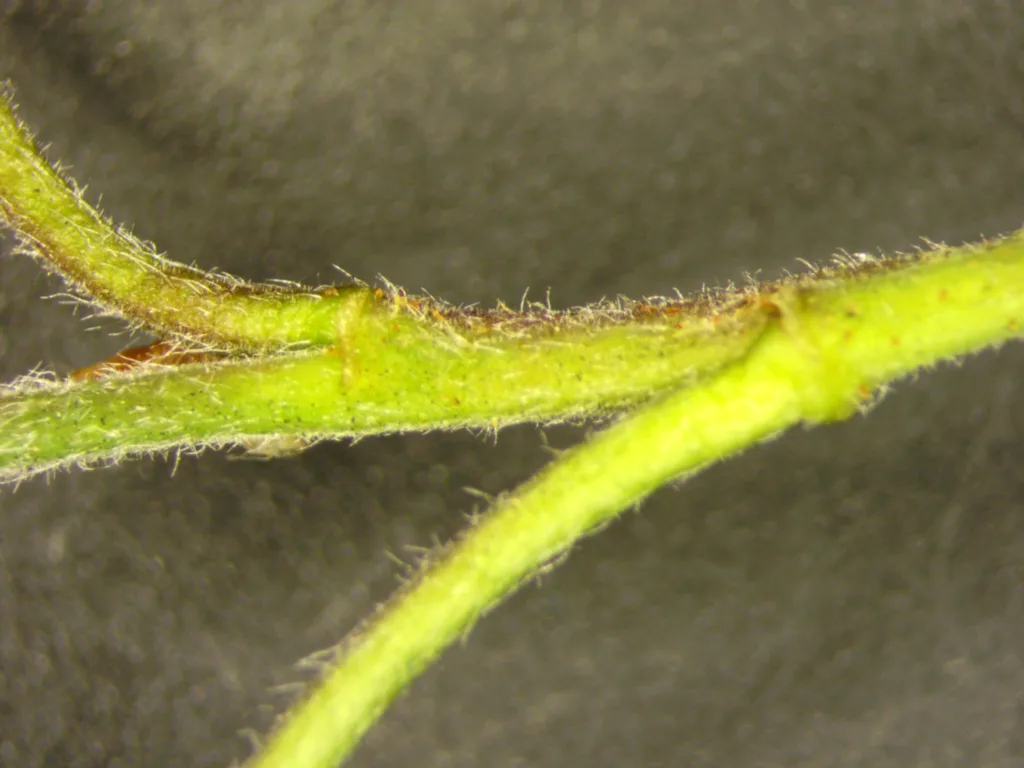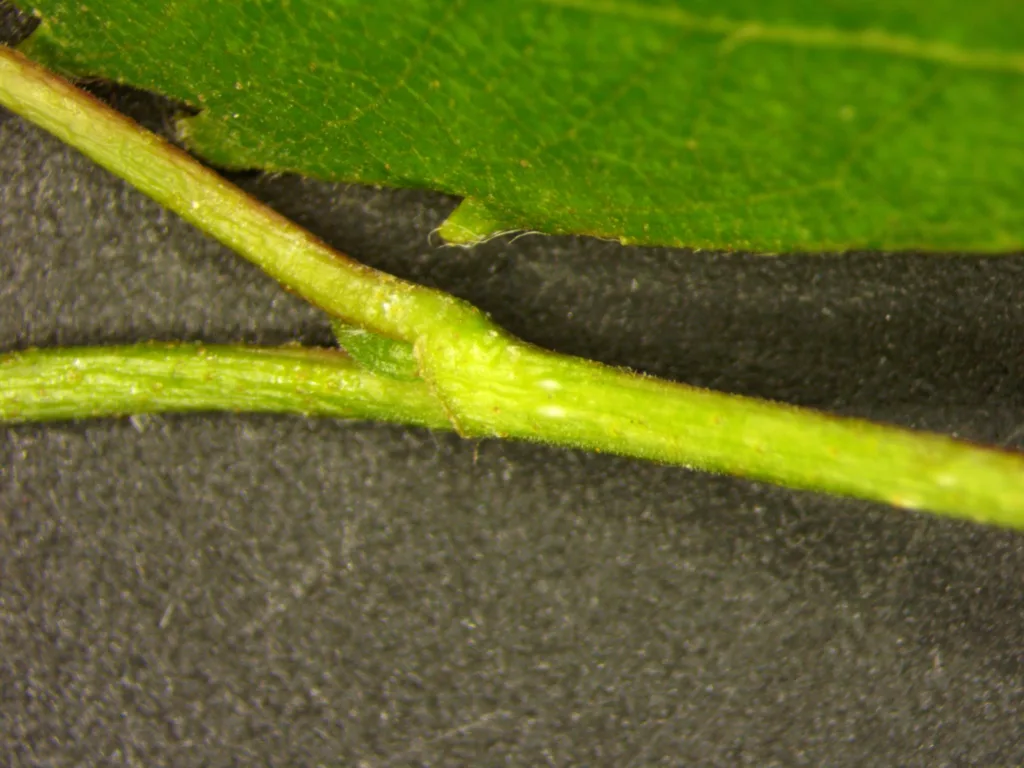Can you tell the difference?
Here are some pairs of trees that are commonly confused:
Quercus robur the pedunculate oak and Quercus petraea the sessile oak
These are the two native oaks in Ireland. They tend to grow in slightly different conditions, Quercus petraea preferring heavy soils in the west of the British Isles and Quercus robur growing on the lighter soils, mostly in the east. They can usually be distinguished using the criteria below, however the complication is that there are sometimes hybrids between the two.
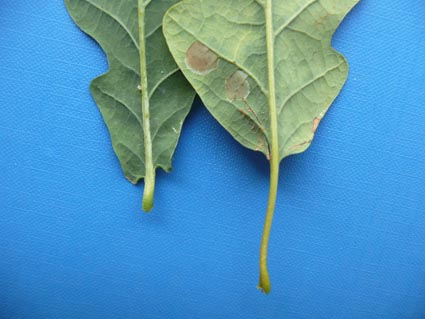
Left – Quercus robur, a short leaf stalk (petiole) and ‘ears’ (auricles) where the leaf blade joins the petiole.
Right – Quercus petraea, a much longer petiole and no auricles
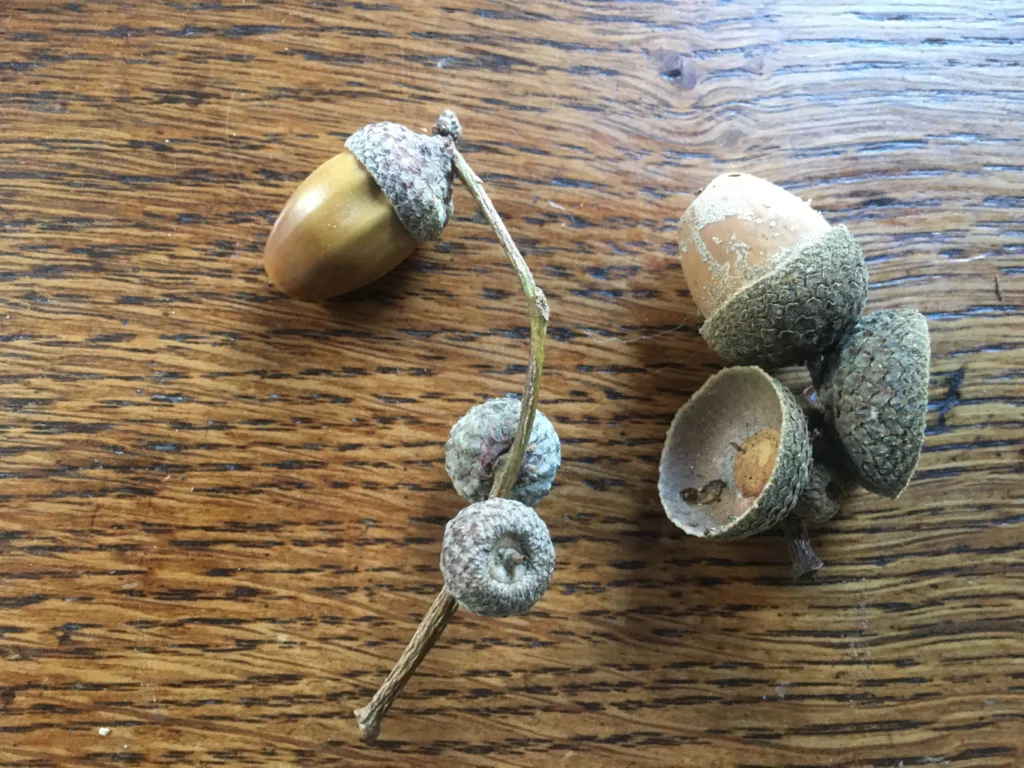
Left – Quercus robur, a long stalk (peduncle) on the acorn cup.
Right – Quercus petraea, the acorn cups are almost stalkless,
Acer pseudoplatanus Sycamore and Acer platanoides the Norway Maple
These two members of the maple family are both commonly planted in Ireland. The sycamore has become so well established that it seems part of the native flora, but in fact can be a problem invasive in some natural habitats such as sand dunes.
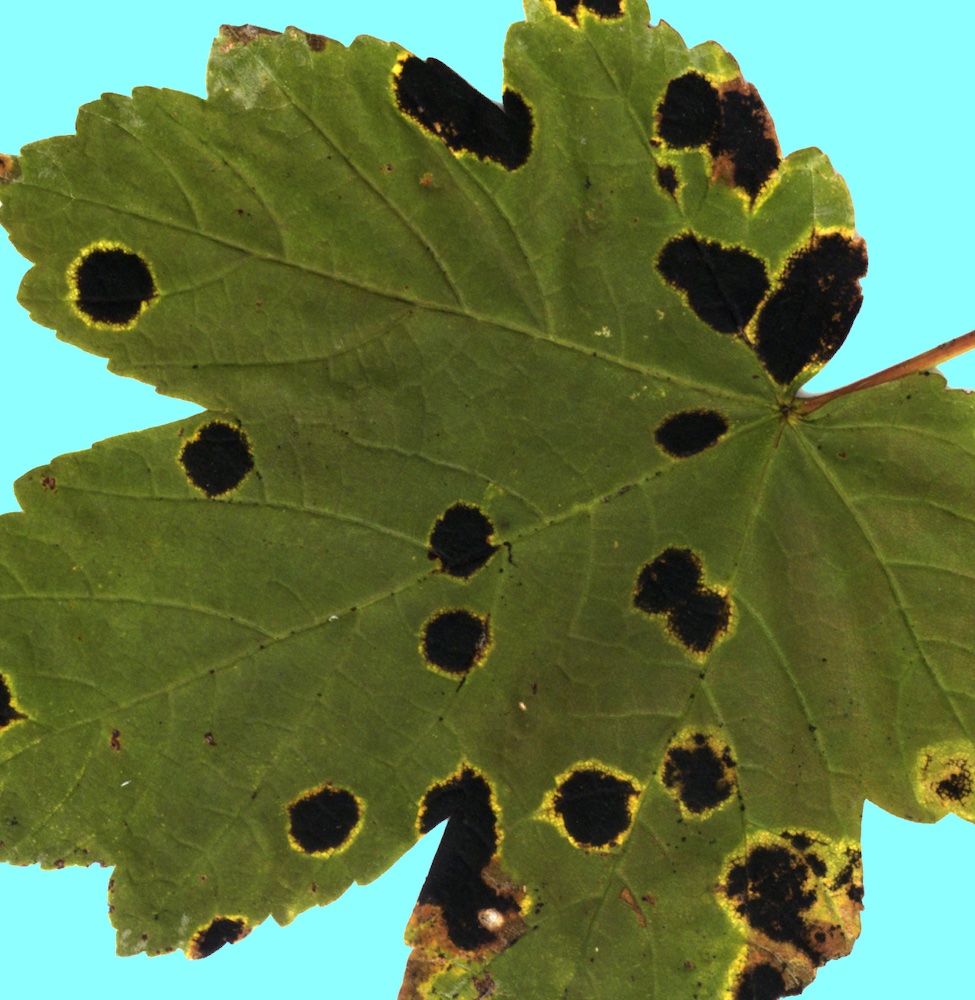
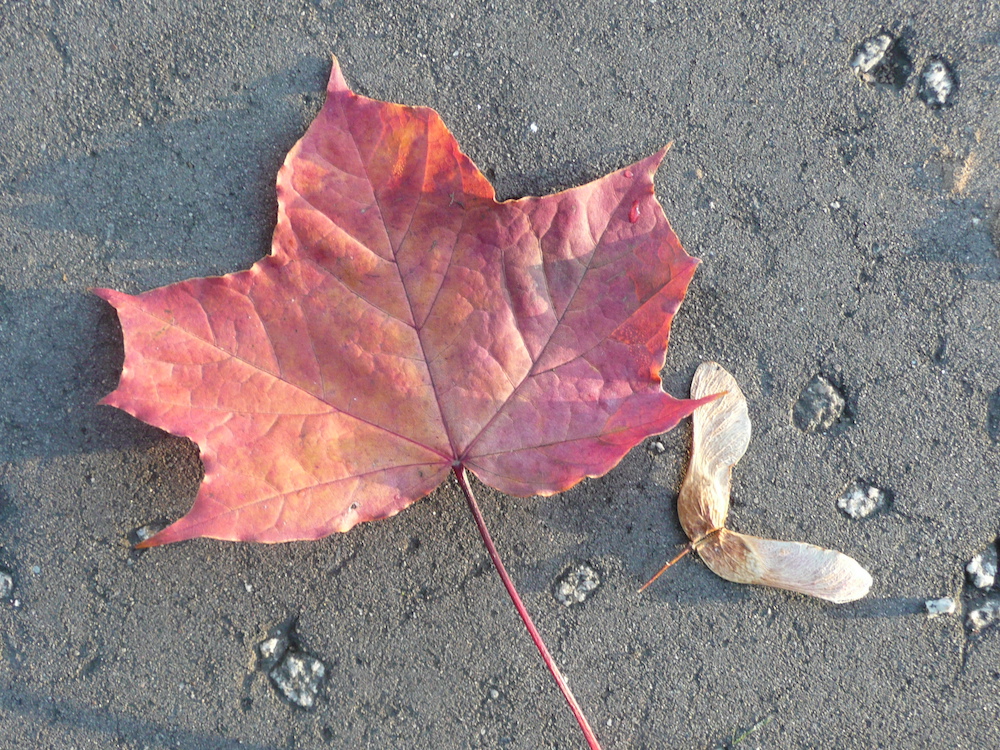
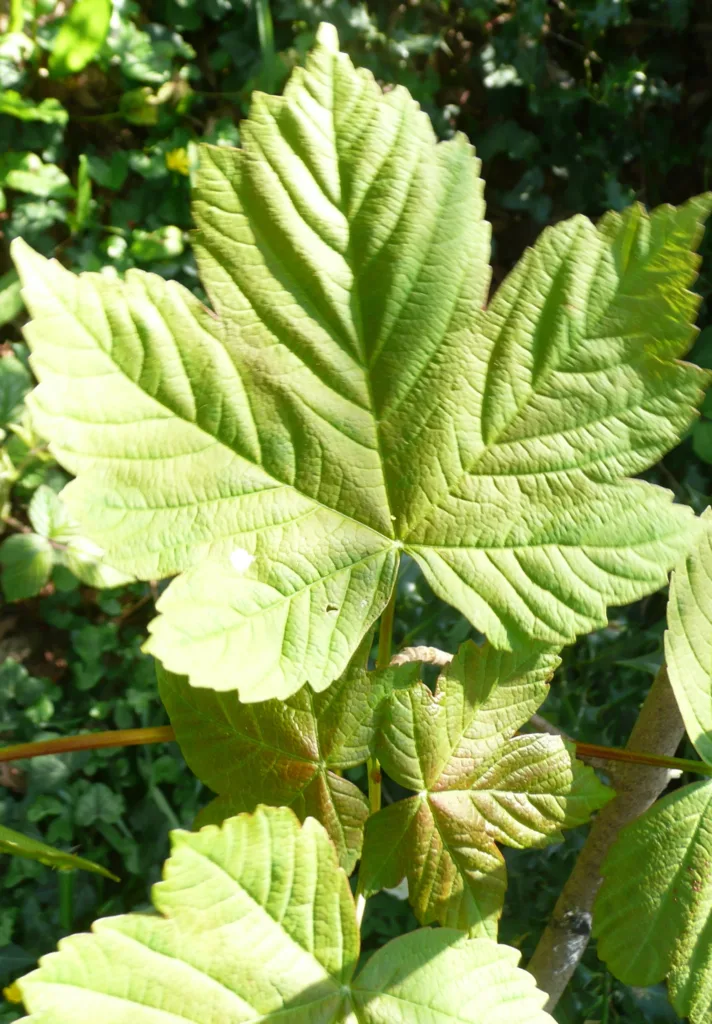
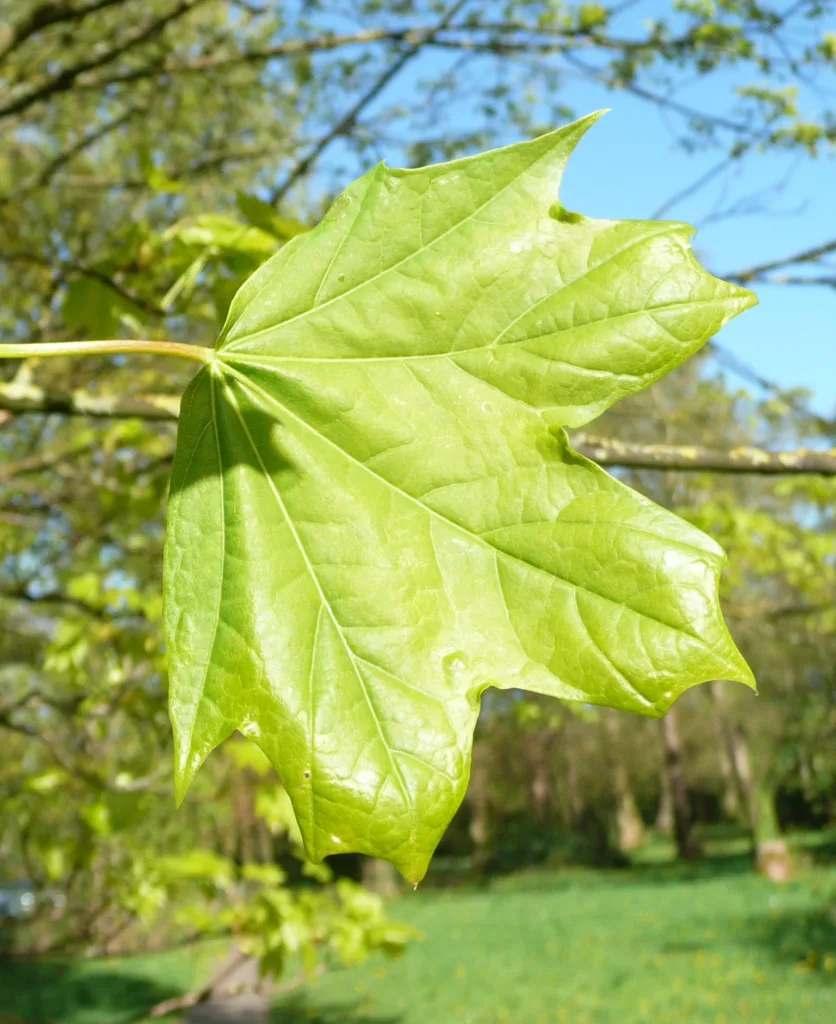
The leaves of the sycamore have more rounded tips whereas the Norway maple leaf tips taper to a sharp point. Sycamore leaves are very often infected by the tar-spot fungus leaving black disks on the surface. The fungus can infect Norway maple but much less commonly.
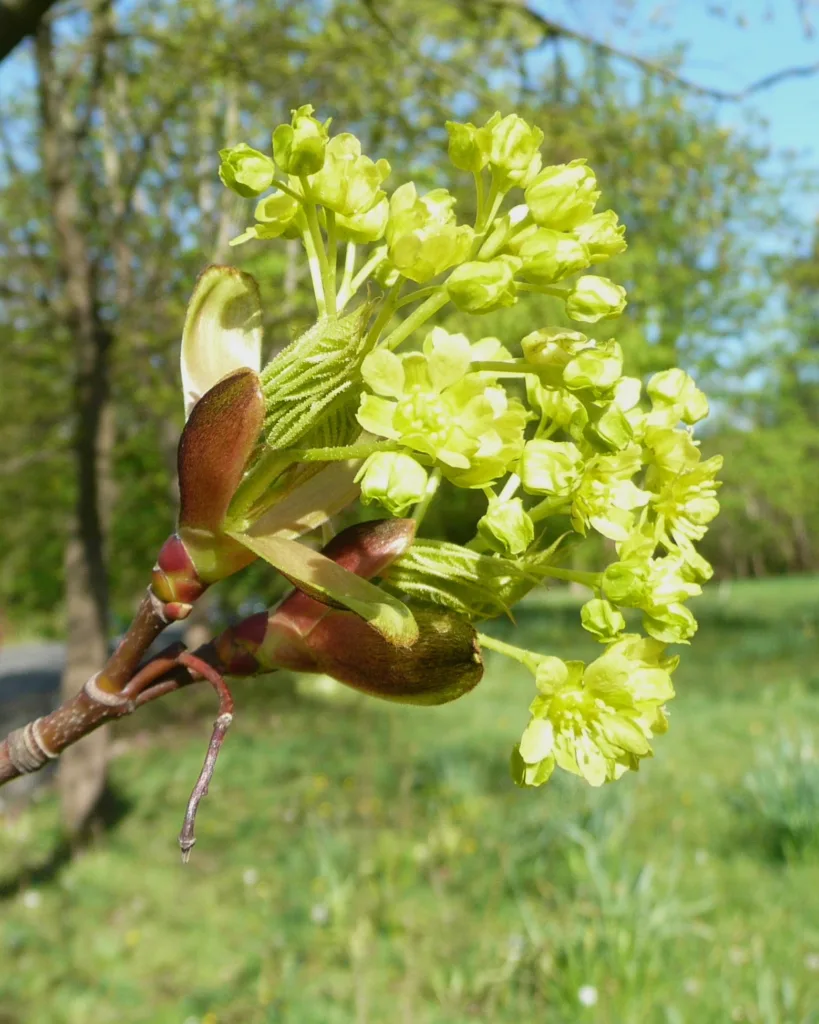
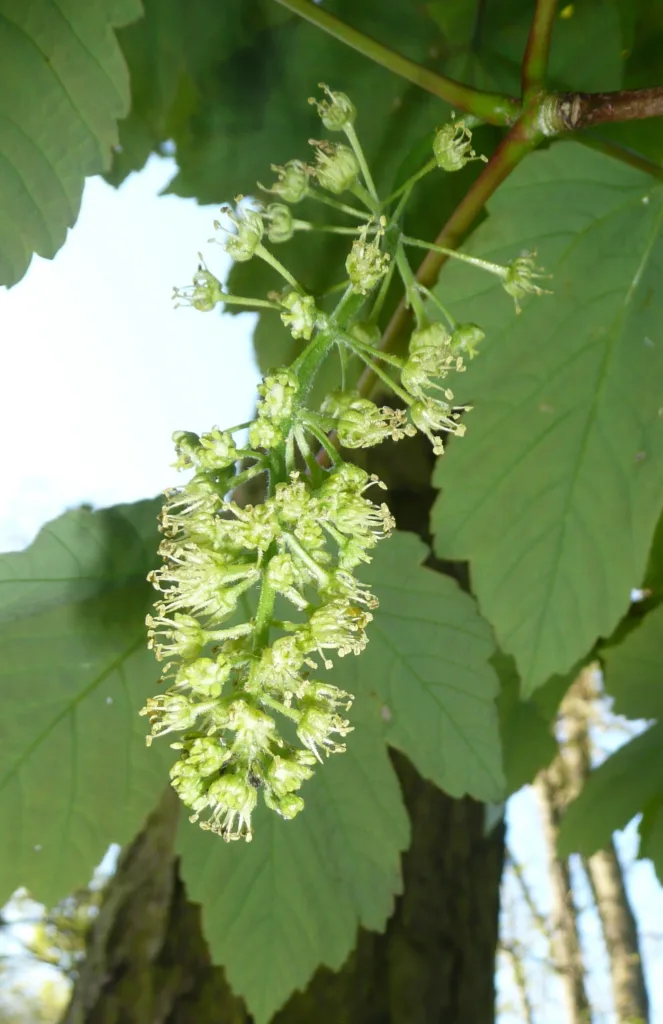
The flowers of Norway Maple (Acer platanoides) are much more dramatic and can turn whole trees a bright greenish yellow in spring. The flowers open before the leaves. Sycamore (Acer pseudoplatanus) flowers open as the young leaves are expanding and lack the showy petals of the Norway maple.
Betula pendula (Silver birch) and Betula pubescens (Downy birch)
These are the two birch species native to the British Isles. When they are seen in open situations the overall shape of the trees is distinct as in the pictures below. However when growing in woodland the weeping growth form of the silver birch is much less distinct. The leaf and stem characteristics provide a more reliable identification.
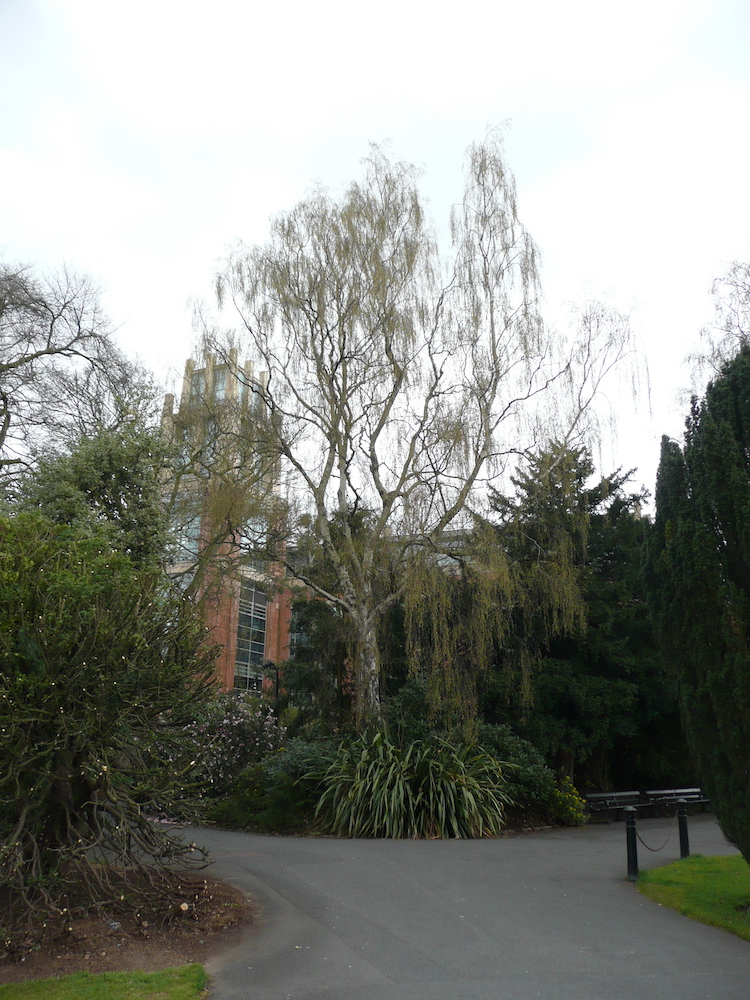
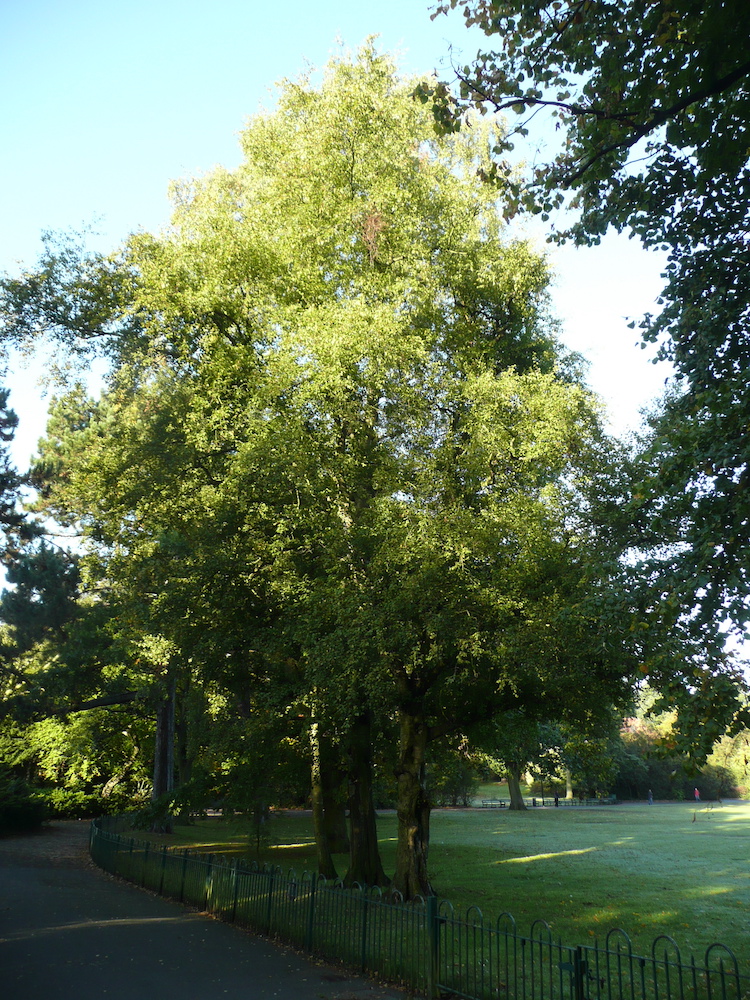
The leaf shape
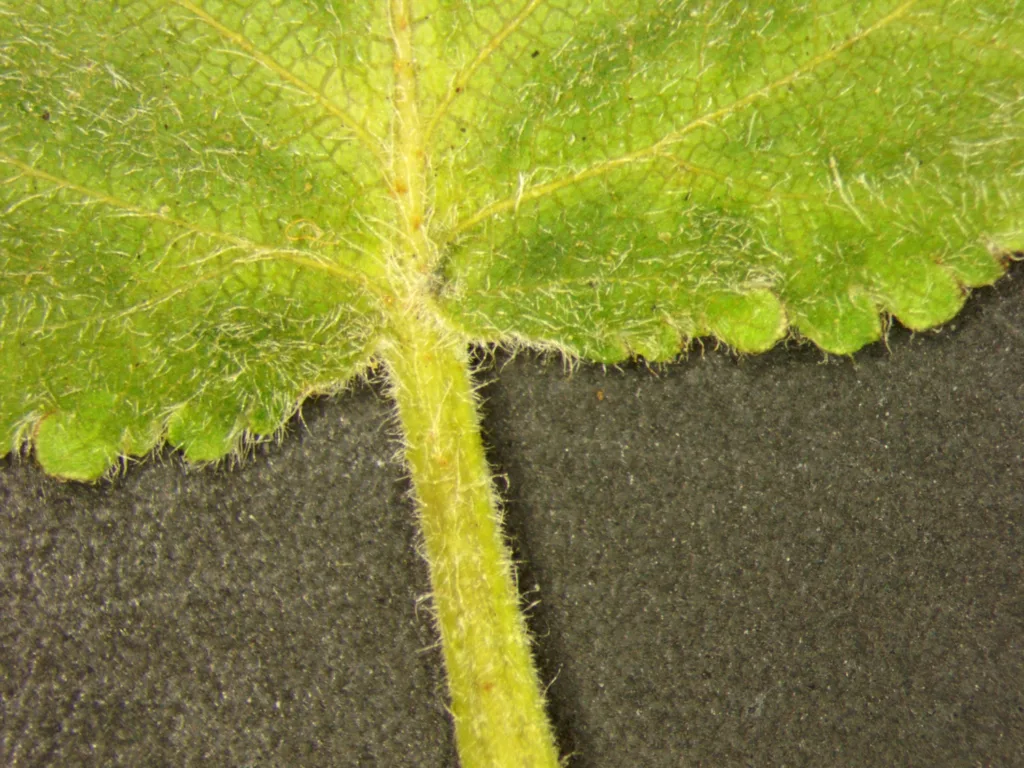
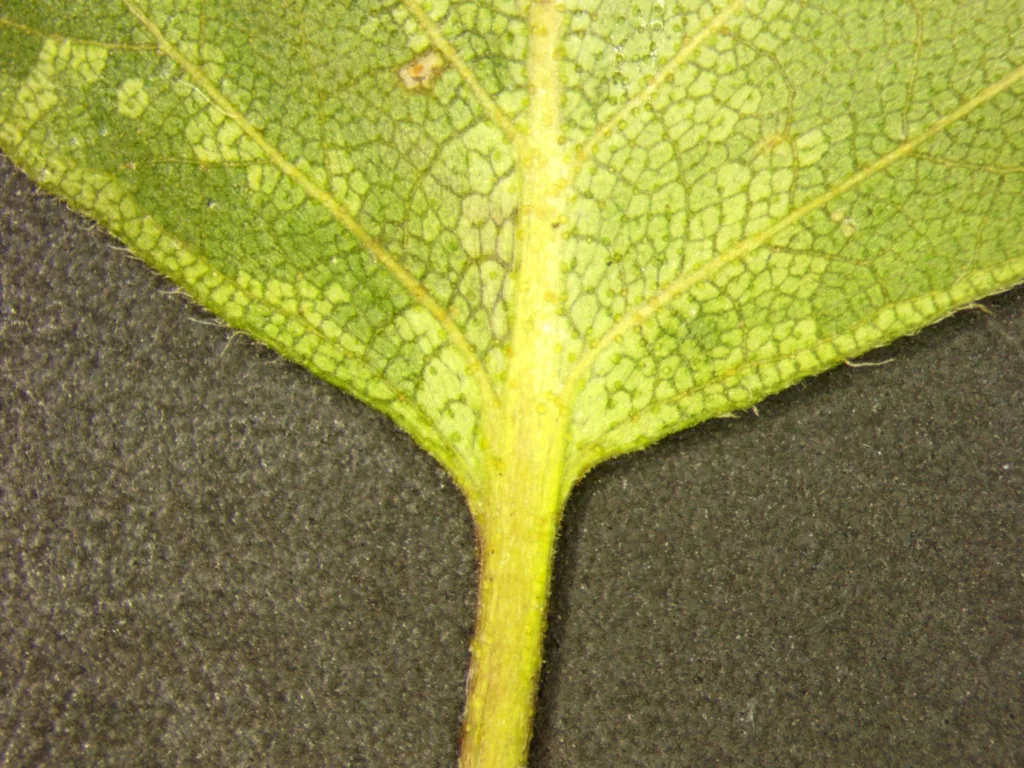
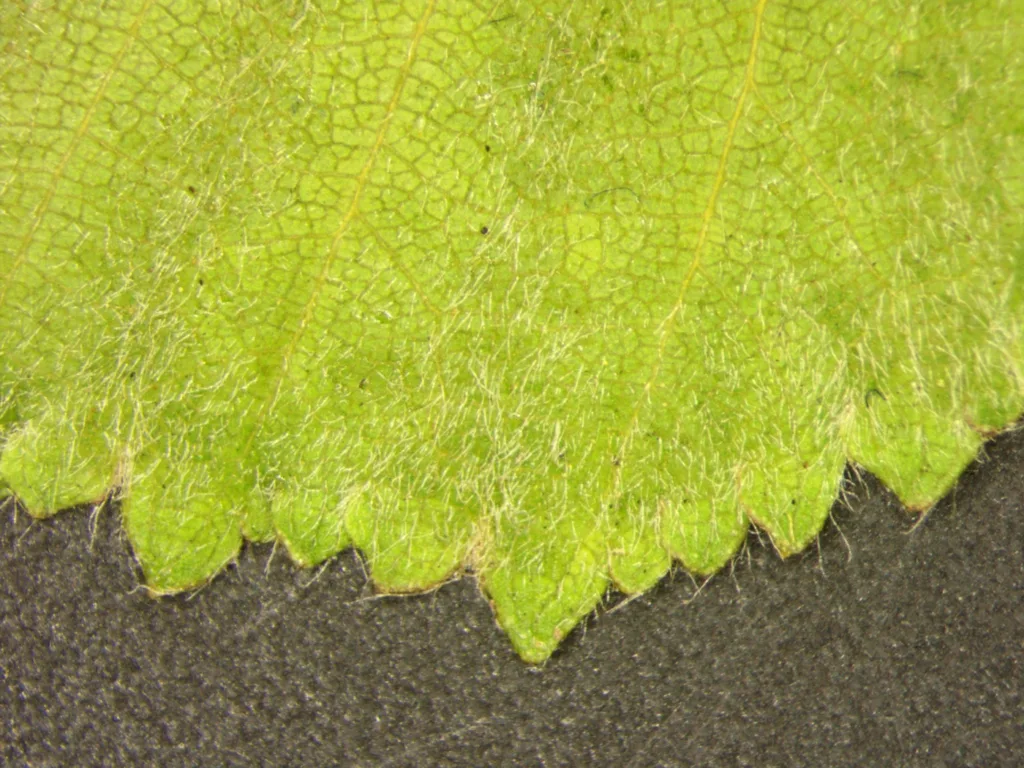

twigs
